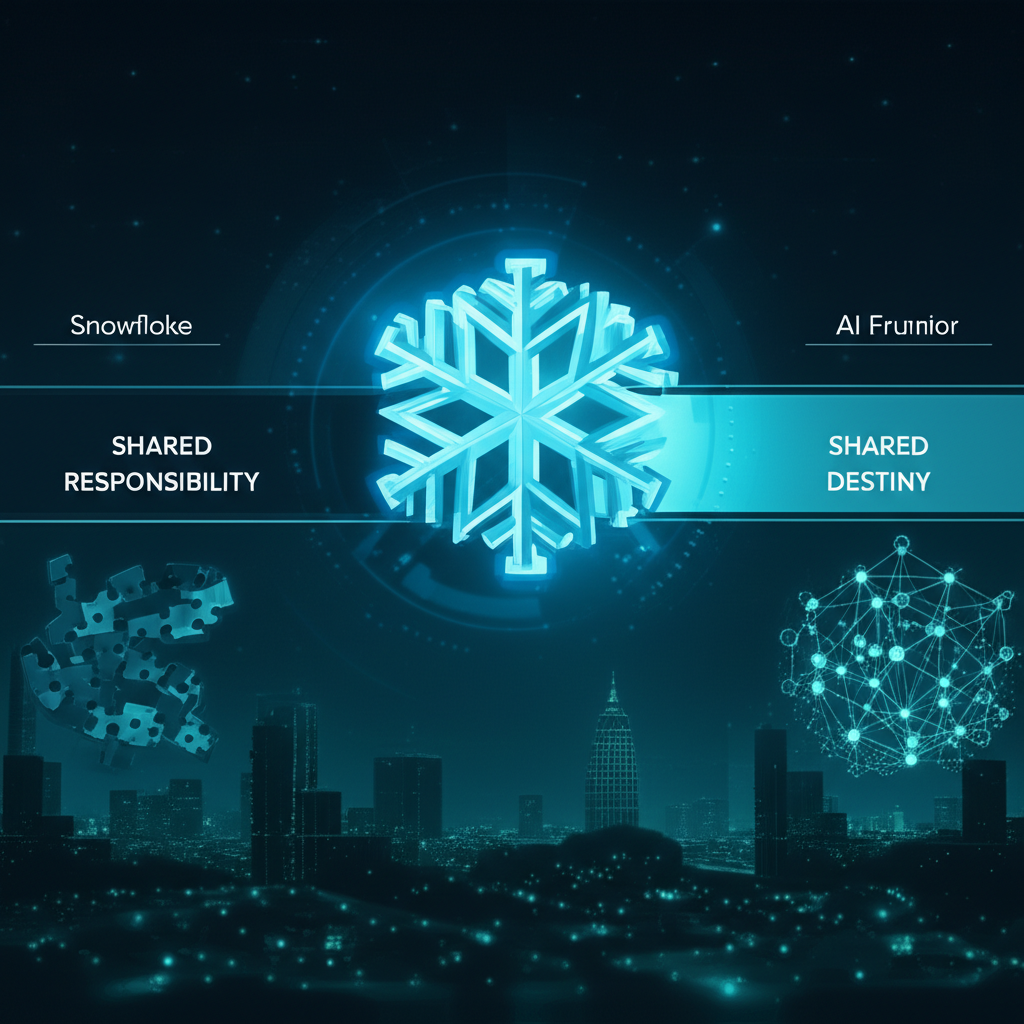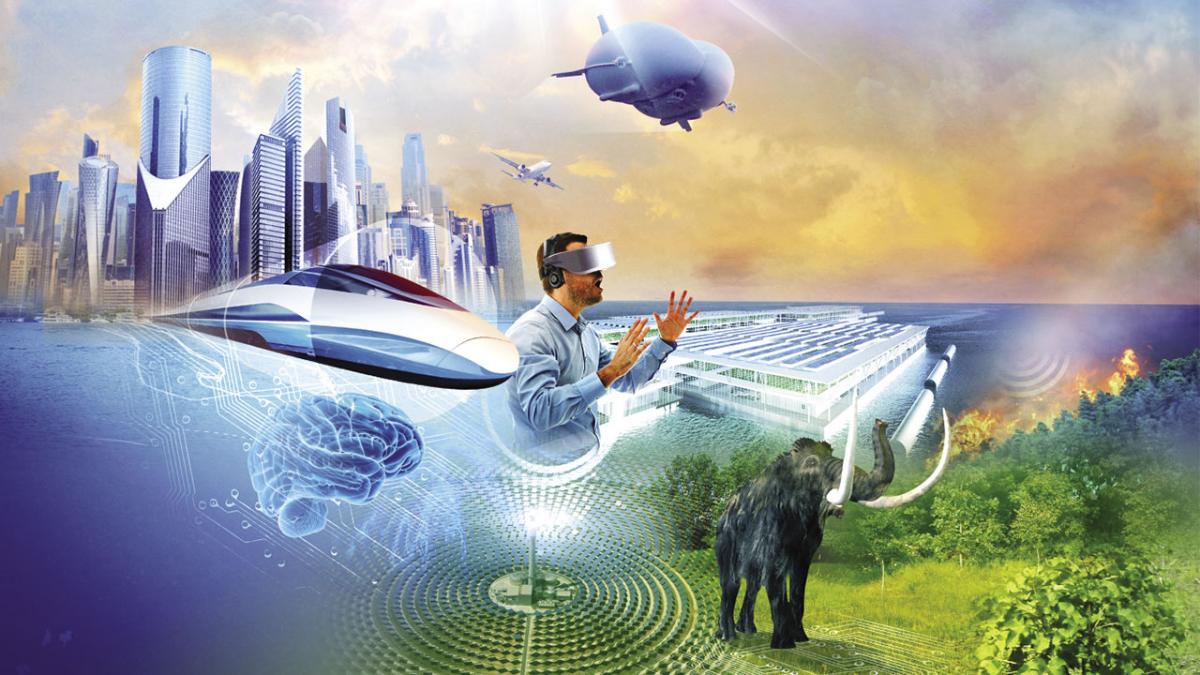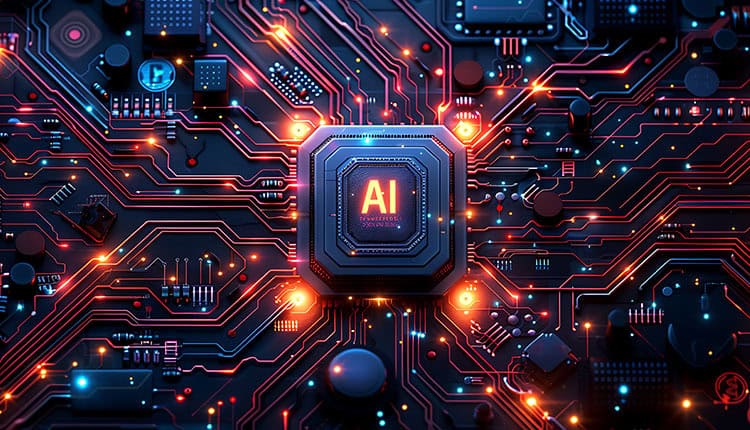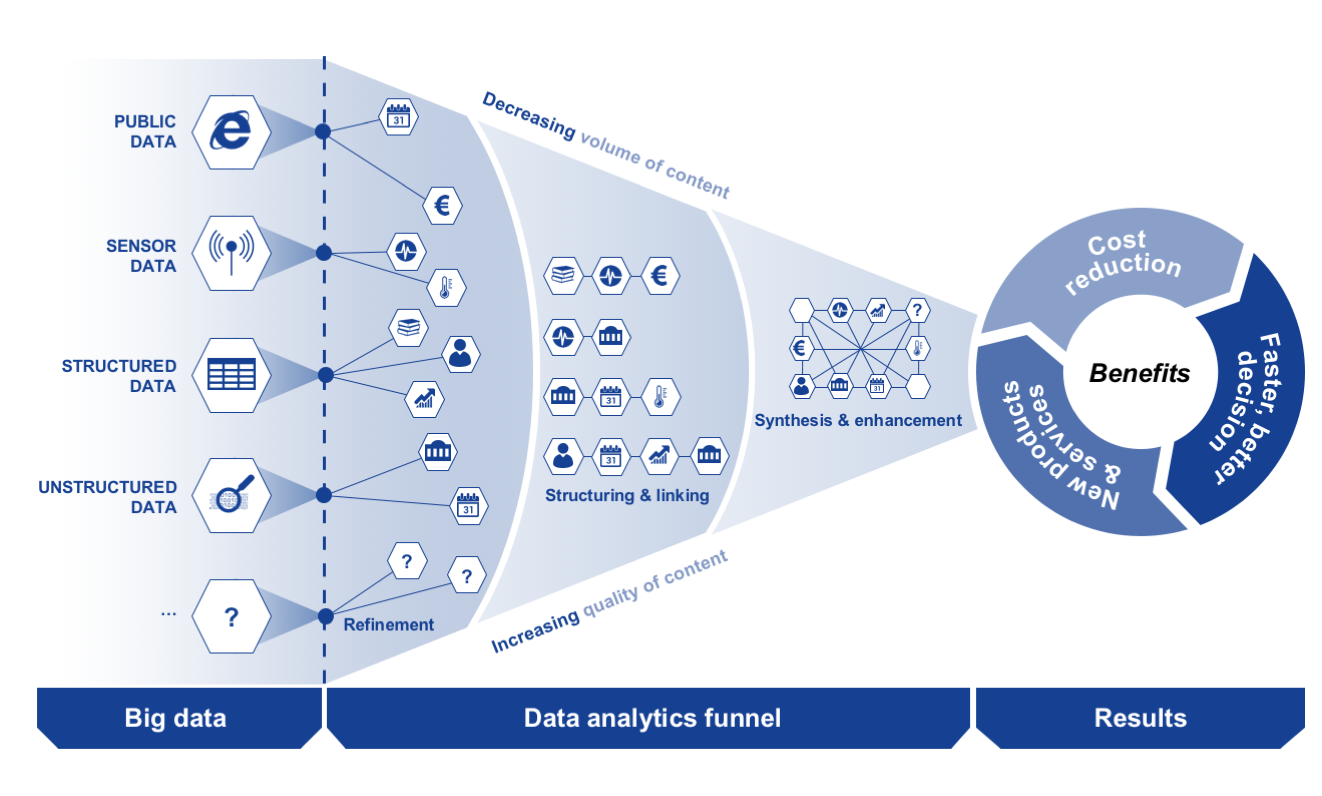Neal Stephenson on AI Evolution: A Battle of Intelligences
Science fiction author Neal Stephenson, renowned for coining the term “metaverse” and envisioning digital currencies, has offered a compelling perspective on the evolution of artificial intelligence. He suggests that AIs should be allowed to compete and even fight each other, drawing parallels with natural ecosystems where competition fosters balance. However, he also cautions against the uncritical adoption of AI, warning that it could lead to a decline in human intelligence.
The AI Ecosystem: Competition and Balance
Stephenson's remarks stem from a panel discussion on AI held in New Zealand. He emphasizes the importance of viewing AI not just as a tool, but as a form of intelligence that will coexist with humans, much like the diverse intelligences found in the animal kingdom.
He categorizes potential AI roles, suggesting some will be like sheepdogs (performing specific tasks), others like dragonflies (oblivious to humans but excelling in certain areas), and some like ravens (aware of humans but indifferent). He sees ChatGPT as a “lapdog,” an AI acutely tuned to human needs and dependent on human interaction.
AI vs. AI: A Proposal for a Healthier Ecosystem
Stephenson's most provocative suggestion is that AIs should be allowed to compete and even combat each other. He draws an analogy to the natural world, where competition prevents any single species from achieving complete dominance.
"Even T. Rex had to worry about getting gored in the belly by Triceratops," he notes, suggesting that AI competition could create a similar balance. He envisions AIs specifically designed to "prey upon" other AI models, disrupting their operations and feeding them bogus data.
This isn't driven by malice, but by the belief that competition within a diverse ecosystem leads to healthier outcomes than allowing a single, unchallenged "superpredator" AI to develop.
- Competition is Key: Mimicking natural ecosystems, AI competition can prevent any single AI from becoming too powerful.
- Predatory AIs: Developing AIs designed to disrupt and challenge other AIs can help maintain balance.
- A Healthier Ecosystem: A competitive environment encourages diversity and resilience in the AI landscape.
The Augmentation and Amputation of Intelligence
Stephenson also addresses the potential downsides of AI, invoking Marshall McLuhan's observation that "every augmentation is also an amputation." He highlights concerns from educators that students are increasingly relying on ChatGPT for assignments, leading to a decline in their learning and critical thinking skills.
He fears a future where humans become like the Eloi in H.G. Wells's The Time Machine, mentally weak and utterly dependent on technologies they don't understand. He asks, "Who is really the lapdog in a world full of powerful AIs?"
Preserving Human Intelligence: A Call to Action
To combat this potential decline, Stephenson advocates for simple interventions, such as requiring students to take exams in supervised classrooms and write answers by hand. He points out that these methods were standard practice in the past and require no new technology.
He believes that preserving and advancing human intelligence is crucial for humans to remain competitive in an ecosystem populated by various forms of intelligence. This means being mindful of the "amputations" that come with the "augmentations" offered by AI.
Key Takeaways and Implications
Neal Stephenson's perspective offers a valuable framework for thinking about the future of AI. His call for competition among AIs and his warning against over-reliance on AI highlight the need for a balanced and thoughtful approach to AI development and adoption.
Here's a breakdown of the key implications:
- AI Competition: Encouraging competition among AIs could lead to a more robust and resilient AI ecosystem.
- Human Intelligence: Preserving and advancing human intelligence is crucial for maintaining our competitiveness in a world increasingly shaped by AI.
- Mindful Adoption: We must be mindful of the potential downsides of AI and avoid becoming overly dependent on technologies we don't understand.
- Educational Reform: Traditional educational methods, such as supervised exams and handwritten answers, can help preserve critical thinking skills.
The Broader Context: AI Ethics and Safety
Stephenson's ideas resonate with ongoing discussions about AI ethics and safety. The potential for AI to be used for malicious purposes, the risk of bias in AI algorithms, and the impact of AI on employment are all pressing concerns.
His suggestion of AI-on-AI combat, while seemingly radical, reflects a growing recognition that AI safety cannot be solely based on preventing AI from harming humans. It also requires addressing the potential for AI to harm other AIs and the need for mechanisms to ensure fairness and accountability in the AI ecosystem.
The Future of AI: A Call for Balance
Neal Stephenson's vision of the future of AI is one of both opportunity and challenge. He sees the potential for AI to augment human capabilities and solve complex problems, but he also warns against the dangers of unchecked AI development and the erosion of human intelligence.
His call for balance – between AI augmentation and human intelligence, between AI competition and AI safety – is a crucial reminder that the future of AI is not predetermined. It is up to us to shape it in a way that benefits all of humanity.
Expanding on Stephenson's Ideas: A Deeper Dive
To fully appreciate the implications of Stephenson's remarks, it's helpful to delve deeper into some of the key concepts he touches upon:
1. The AI Ecosystem and the Importance of Diversity
Stephenson's analogy of the AI ecosystem to a natural ecosystem is particularly insightful. Natural ecosystems thrive on diversity, with different species playing different roles and contributing to the overall health of the system. Similarly, a diverse AI ecosystem, with different types of AIs designed for different purposes, is likely to be more resilient and adaptable than a monoculture dominated by a single type of AI.
This diversity can be fostered by encouraging the development of AIs that are not just focused on maximizing efficiency or profitability, but also on promoting fairness, transparency, and accountability.
2. The Augmentation-Amputation Trade-off and the Need for Critical Thinking
McLuhan's concept of augmentation and amputation is particularly relevant in the context of AI. While AI can augment human capabilities in many ways, it can also lead to the atrophy of certain skills and abilities if we become overly reliant on it. This is particularly true in the realm of critical thinking.
If we rely on AI to make decisions for us, we may lose the ability to think critically and independently. This is why it's so important to maintain and cultivate critical thinking skills, even as we embrace the benefits of AI.
3. The Role of Education in the Age of AI
Stephenson's call for educational reform is a crucial component of his vision. Education plays a vital role in preparing individuals for the challenges and opportunities of the AI age. This includes not only teaching technical skills, but also fostering critical thinking, creativity, and problem-solving abilities.
Traditional educational methods, such as supervised exams and handwritten answers, can help reinforce these skills. However, it's also important to adapt education to the changing landscape of AI, by incorporating AI tools into the curriculum and teaching students how to use them effectively and ethically.
4. The Ethical Implications of AI Competition
While Stephenson's suggestion of AI-on-AI combat is intriguing, it also raises ethical concerns. How do we ensure that such competition is fair and does not lead to unintended consequences? How do we prevent AIs from engaging in harmful or unethical behavior in their pursuit of dominance?
These are complex questions that require careful consideration. It's important to develop ethical guidelines and regulatory frameworks that govern AI competition and ensure that it is aligned with human values.
Conclusion: Embracing the Future with Wisdom and Foresight
Neal Stephenson's insights on AI evolution offer a valuable roadmap for navigating the challenges and opportunities that lie ahead. By embracing competition, preserving human intelligence, and fostering ethical AI development, we can create a future where AI benefits all of humanity.
The key is to approach AI with wisdom and foresight, recognizing both its potential and its limitations. By doing so, we can harness the power of AI to create a better world, without sacrificing our own intelligence and autonomy.


















